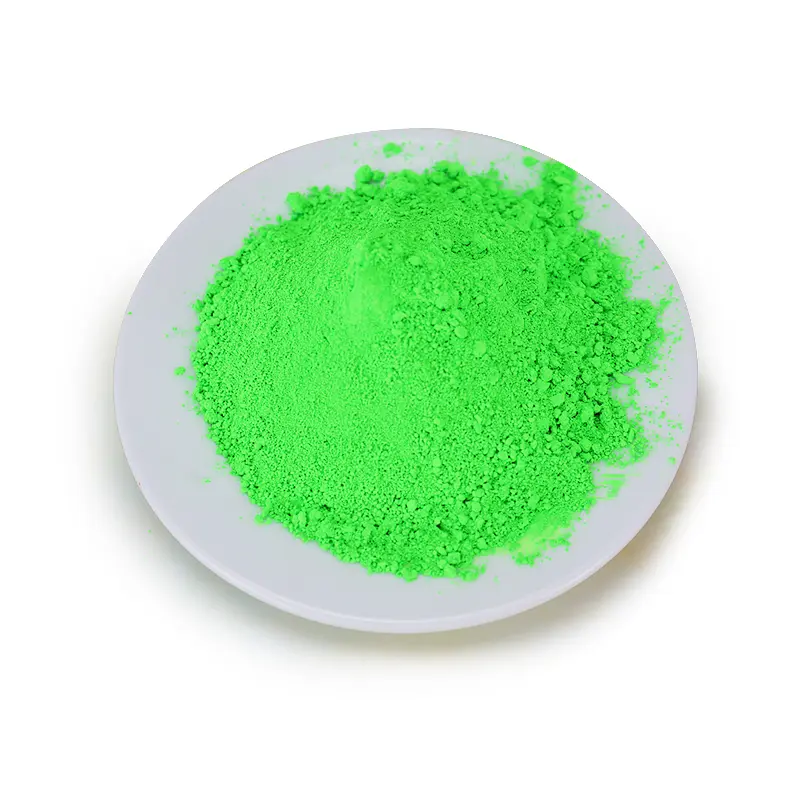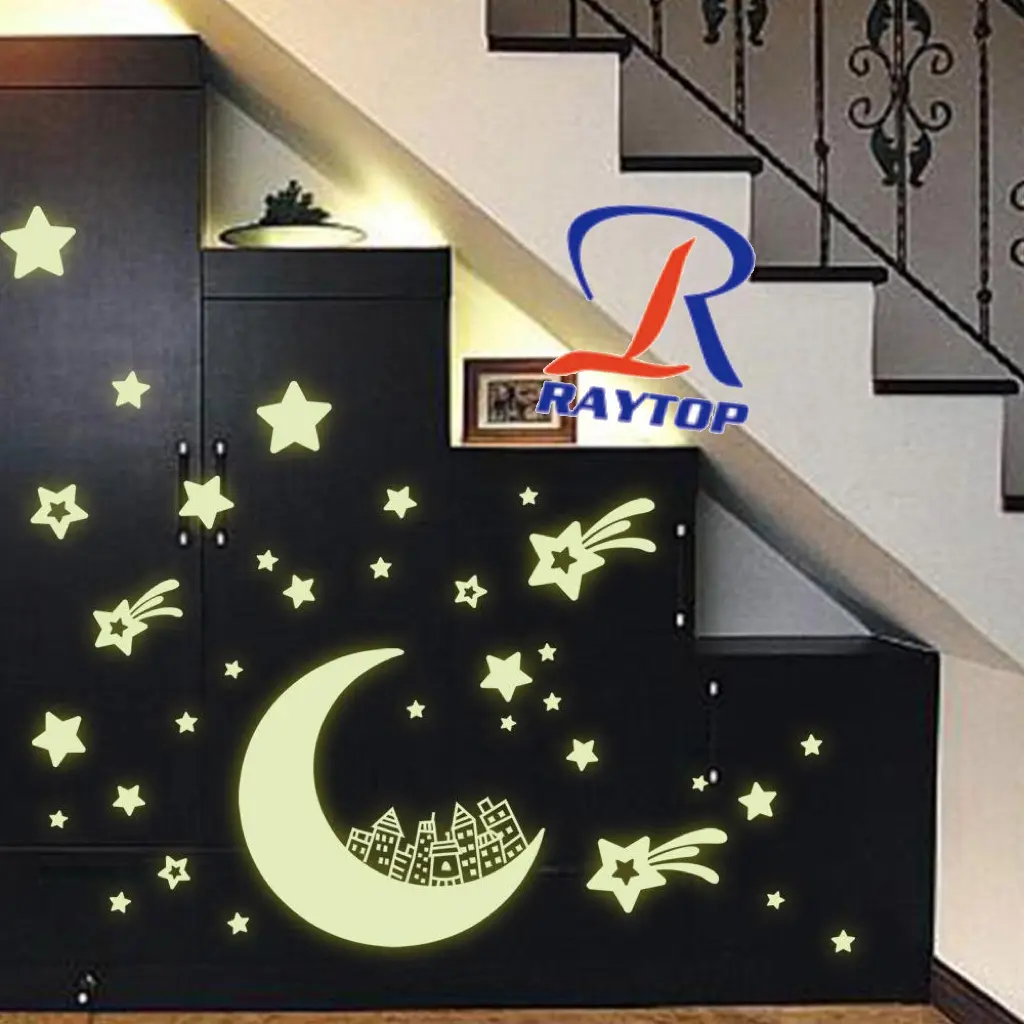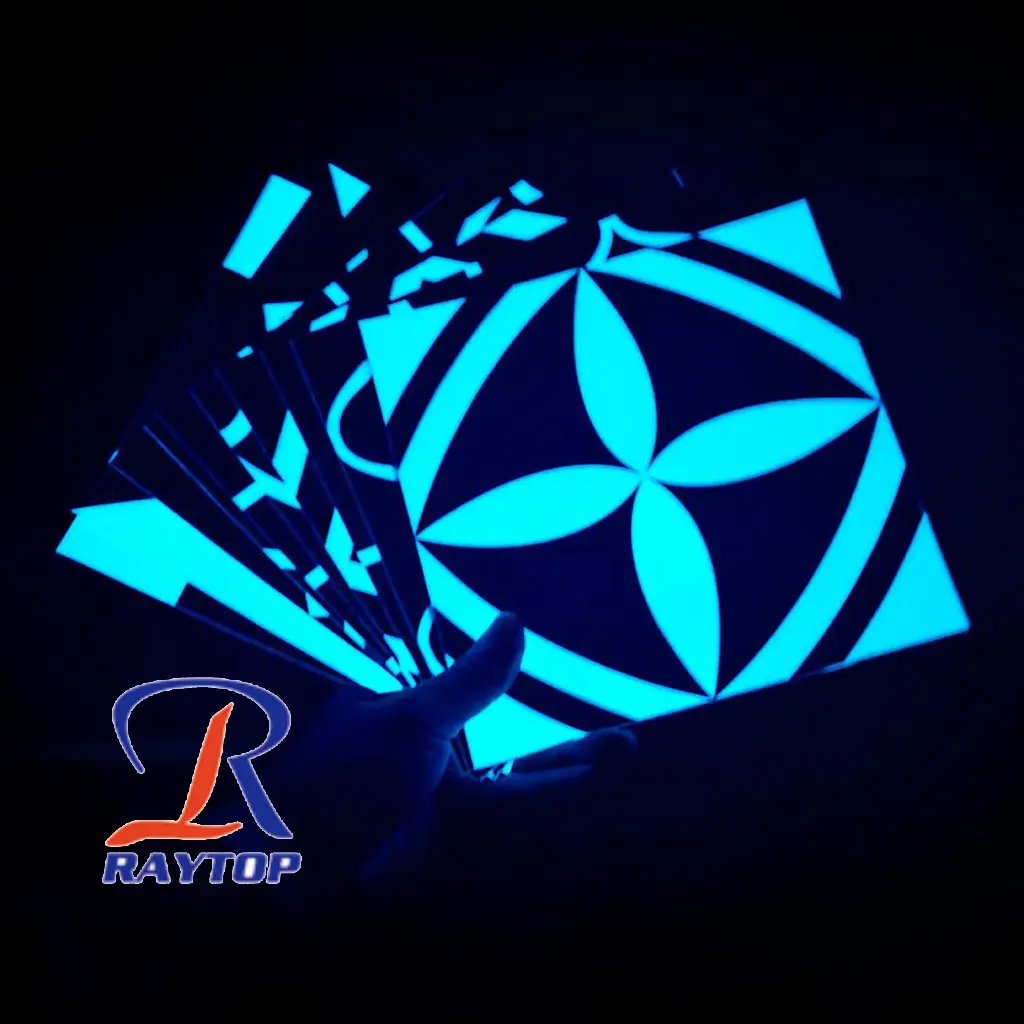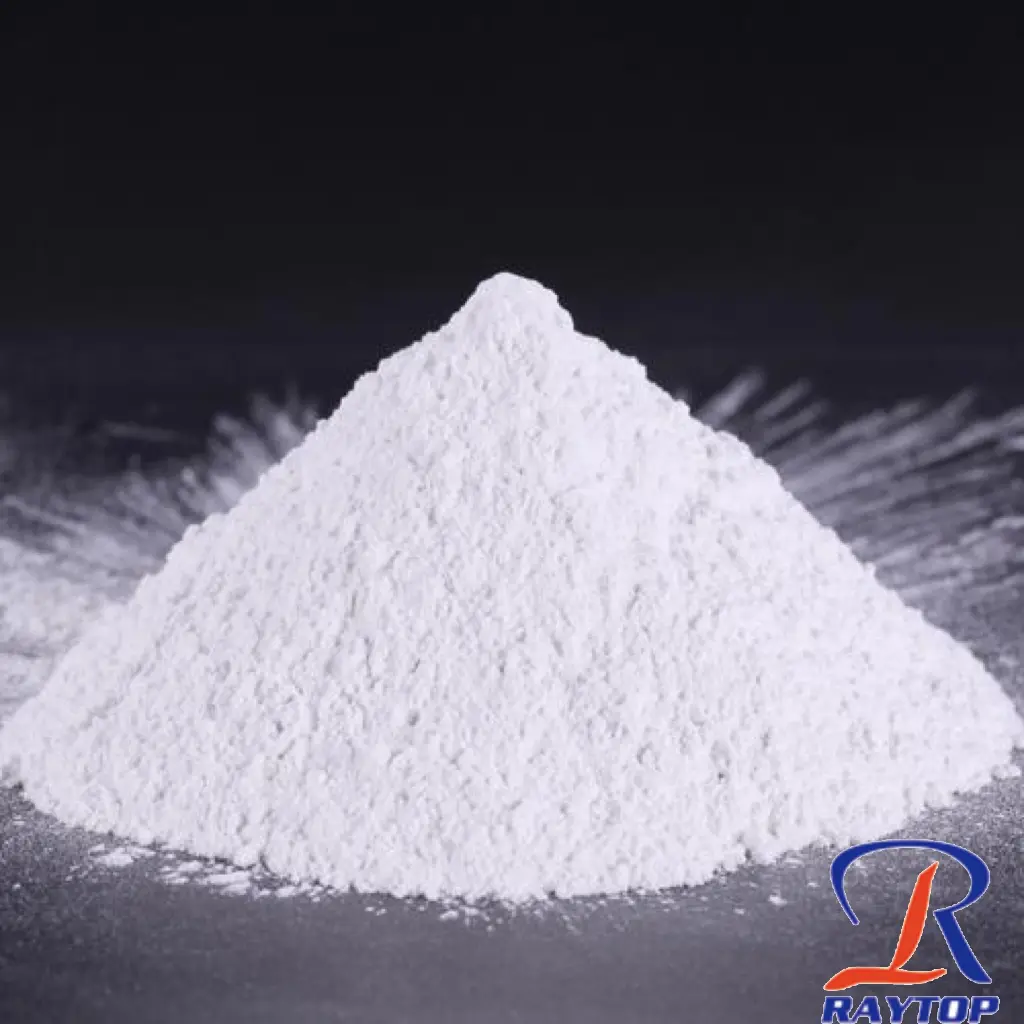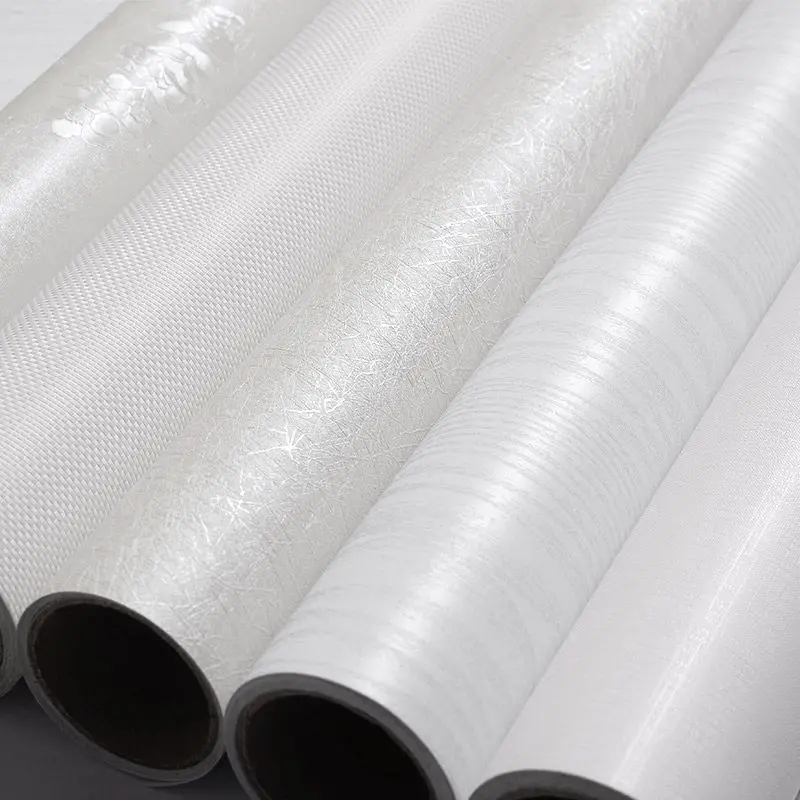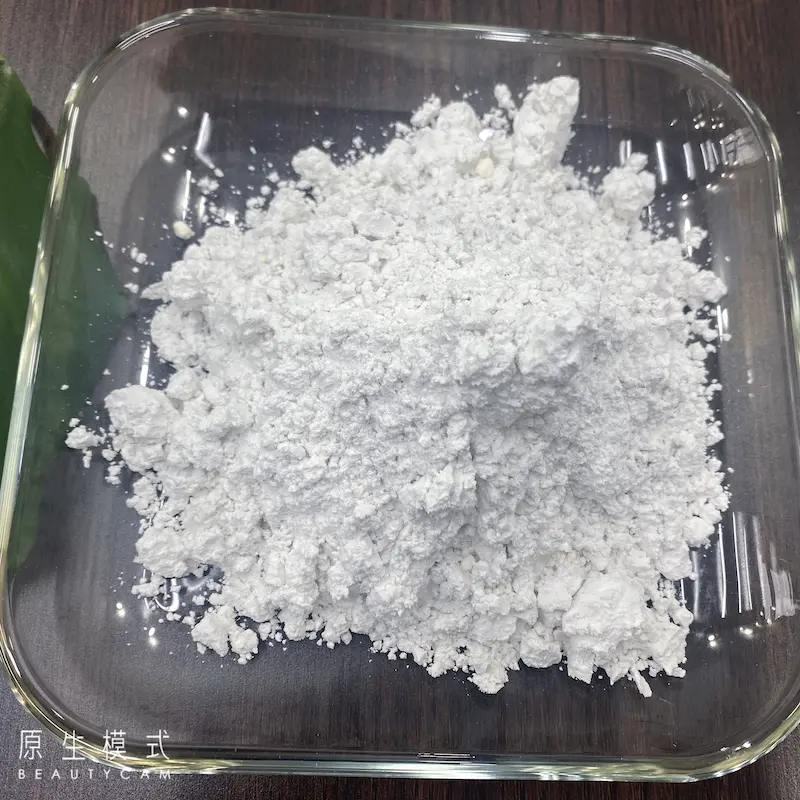Types and uses of optical brightener powder
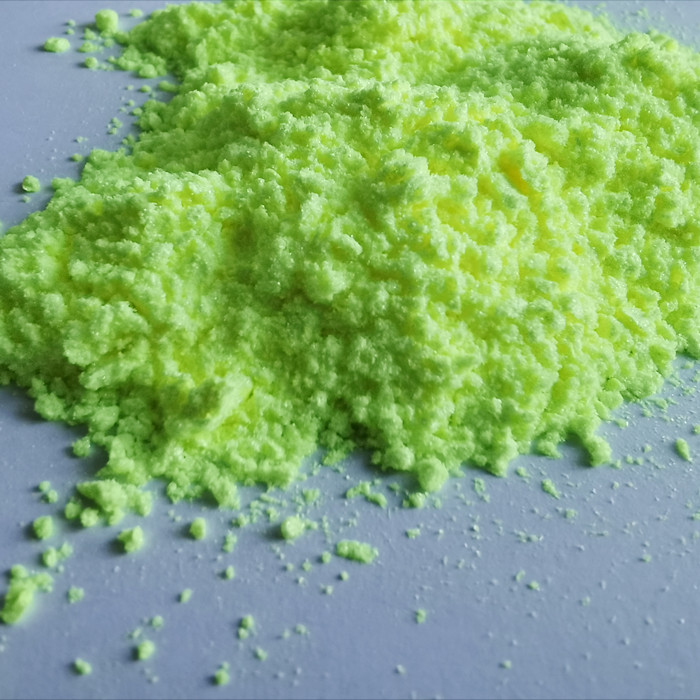
There are many types of optical brightener. Here we only talk about the types of optical brightener that are often used in plastics. Optical brightener uses is also widely , and we don't pay special attention to the explanation here.
Optical brightener ob powder
Physical properties: optical brightener ob is light green or green powder, non-toxic and tasteless, soluble in alkane, fat, mineral oil, paraffin and most organic solvents, etc., with the maximum absorption value of 375 mm (in ethanol).
Application scope of optical brightener powder: optical brightener ob is widely used in PVC, PE, PP, ABS, PS, unsaturated resin and other thermoplastic plastics, as well as paint, ink and oil soluble coating whitening.
Optical brightener ob powder features: strong stability, known as plastic whitening agent
Optical brightener OB-1 powder
Physical properties: optical brightener OB-1 is a bright yellow crystalline powder with bright blue and white light. It is insoluble in water and resistant to high temperature. The maximum absorption wavelength is 370 ‰.
Application scope of optical brightener: optical brightener OB-1 powder is especially suitable for the molding and processing of various plastic particles and plastic products at high temperature. Due to its good heat resistance, light resistance and chlorine bleaching resistance, it can whiten polyester fiber, and the whitening effect of polyester, cotton and other fiber blended fabrics is also particularly ideal.
Optical brightener OB-1 powder features: especially suitable for high temperature plastics
Optical brightener pf powder
Physical properties: optical brightener PF is light yellow crystalline powder, insoluble in water, soluble in most organic solvents, with good fastness and light resistance.
Application scope of optical brightener PF: optical brightener PF is mainly used for whitening and brightening PVC, polystyrene, polyacrylate, polyester film, high and low pressure polyethylene, ABS, plexiglass, business card, high-grade paper, etc.
Optical brightener Er-1 powder
Physical characteristics: yellow green crystal, insoluble in water, soluble in most organic solvents, color light blue purple fluorescence.
Scope of application: optical brightener Er-1 is very suitable for brightening and brightening of polyester fiber. It also has good whitening effect on polyethylene, polypropylene, PVC and other products.
Features: it is very suitable for the whitening of polyester fiber
Optical brightener KCB powder
Physical properties: optical brightener KCB, yellow green crystalline powder, blue bright white light, insoluble in water, maximum absorption wavelength 370nm.
Scope of application: optical brightener KCB is mainly used for whitening synthetic fiber and plastic, plastic film, compression molding materials, injection molding materials, polyester fiber, dyes and natural paint.
Features: especially suitable for synthetic fiber whitening
Optical brightener KSN powder
Physical properties: optical brightener KSN is a kind of benzozole compound with yellow crystalline powder and melting point of 271 ℃,
Insoluble in water, odorless, stable performance.
Scope of application: mainly used for whitening polyester, polyamide, polypropylene fiber, and plastic products.
Features: excellent performance, has the reputation of whitening king
Optical brightener 127 powder
Physical properties: optical brightener 127 is light green or green green powder, non-toxic and tasteless, soluble in alkane, fat, mineral oil, paraffin and most organic solvents, etc., with the maximum absorption value of 375 mm (in ethanol).
Scope of application: optical brightener 127 powder is widely used in PVC, PE, PP, ABS, PS, unsaturated resin and oil
Paint, ink and oil soluble coating whitening.
The difference between pure optical brightener powder and compound optical brightener
The shortage and price increase of raw materials lead to less circulation of optical brighteners on the market, and the prices of various types of optical brighteners soar all the way. Many plastic manufacturers began to hesitate whether to use optical brightener in the end. At this time, the dealers took advantage of the loophole and sold the compound formula optical brightener at a low price.
Many dealers of fluorescent brightener know the process of compound formula optical brightener, that is to mix pure powder brightener with other products, reduce the content of optical brightener, and then compete with Optical brightener manufacturers in the market at a low price.
Some plastic manufacturers don't understand these ways of whitening agents, and they all want to buy high content products at low prices, which is not very realistic, so they have been using compound products for a long time. Although the whitening effect is good in the short term, the problems in the long run will make these manufacturers suffer. Compared with pure optical brightener powder, the whitening effect and stability of compound optical brightener powder are worse, and the impurities are much more.
The common problems are that the whiteness value of plastic products with compound formula optical brightener is not enough, the later yellowing is serious, the solubility of paint coatings with compound formula optical brightener is not good, and there are precipitation and residues. These are the problems of using low content optical brightener. If you want to avoid these problems, of course, you need to use pure optical brightener powder.
What are the advantages of optical brightener powder ?
Optical brightener powder has the advantages of strong adaptability to processing equipment, simple operation, low technical requirements for production, convenient packaging and transportation, and good storage stability.
Disadvantages of optical brightener powder
Due to the small particle size of powdered optical brightener, it is easy to cause dust flying in the process of production and use and pollute the environment, which is the disadvantage of powdered dosage form.
Therefore, a dustproof agent such as paraffin oil, alkylbenzene, oligomeric polyoxyethylene and alkyl phosphate can be added to make dustproof optical brightener powder. It is better to add a small amount of surfactant into the dustproof agent.
Optical brightener is suitable for powder formulation under the following conditions.
1. For enterprises with small production scale and intermittent production, this kind of situation generally adopts the more economical box type drying method. After drying, most of them are made into lumps, which are made into powder after dry crushing.
2. Optical brightener is not suitable for other granulation methods because of its low heat resistance temperature.
3. Optical brightener products with specific uses.
4. Due to the limitation of equipment in the plant, there are no other granulation conditions.
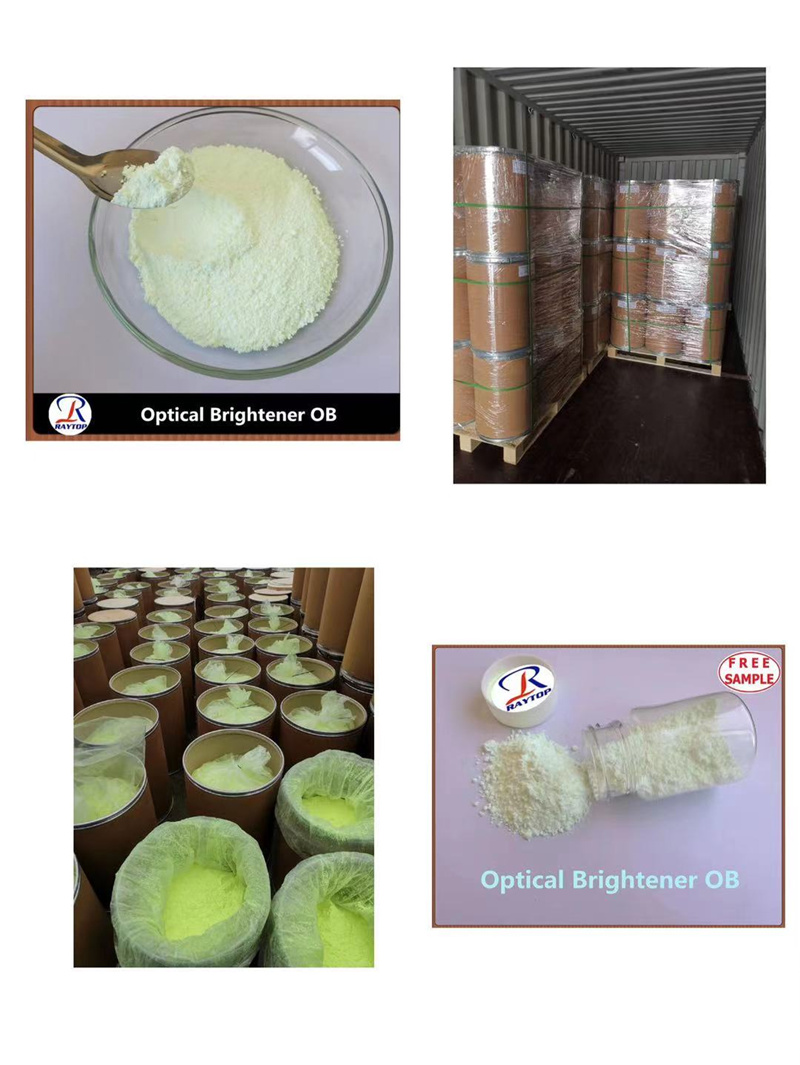
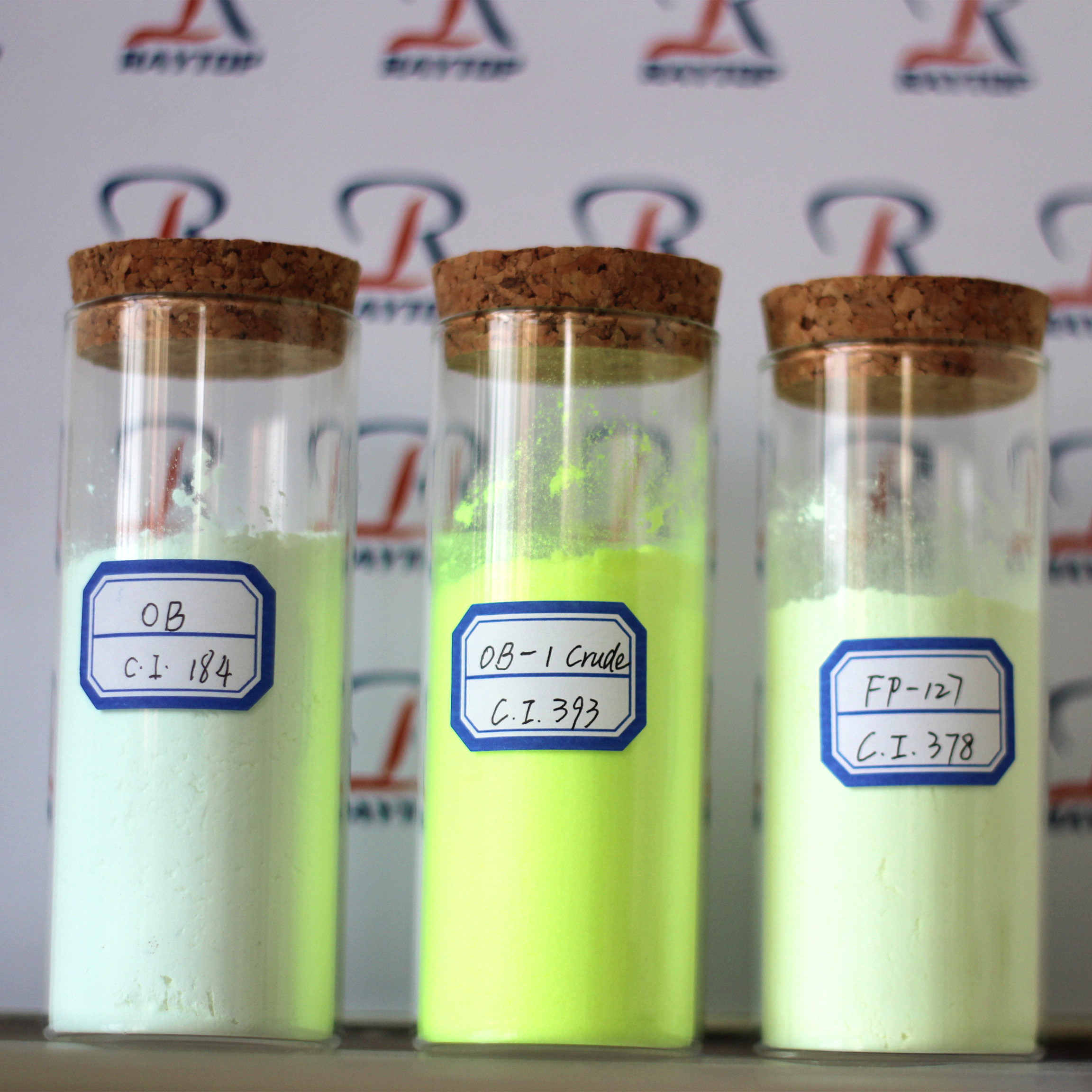
221.webp)
